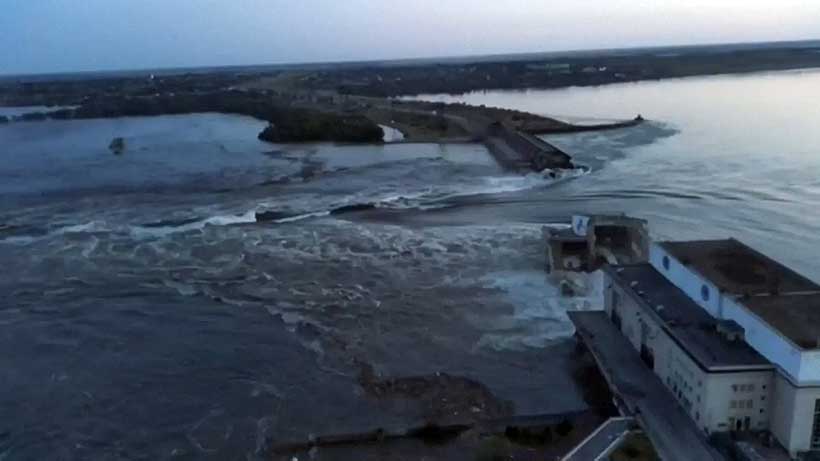
Since the inception of humanity, water has been the underlying support of civilizations, heavily influencing the evolution of human societies in different eras of time. The most ancient urban civilizations have thrived on the banks of the Tigris, Euphrates, Nile and Indus Rivers. It was the availability of plentiful sweet water that spurred agricultural growth, economic prosperity and enhanced trade and commercial activities in those ancient civilizations. The river systems around which ancient civilizations like Mesopotamia, Egypt and Indus Valley flourished, were aptly utilized by people of those times to develop advanced irrigation techniques for turning dry arid lands into fertile farmland; thus, resulting in accelerated population growth rates and economic transformation. In South Asian region, the Indus River provided water for farming as well as for promoting the trade among various regions in South Asia, that were vital to the thriving Harappan Civilization.
In the existing era too, water continues to be highly essential in addressing public health issues, industries’ processes and environmental management. The availability of water determines urban structures like agricultural methods and energy generation, among other factors. Hence this precious commodity should be used appropriately in a way that today’s standards of living can be maintained, while ensuring that tomorrow needs will also get fulfilled. It can therefore, be asserted that water is not merely an asset but is a fundamental requirement for human growth and progression.
Amid evolving political order in South Asia, climate change and scarcity of water resources are becoming the causes of strains between countries like China, India and Pakistan. Of late, India is using water as an instrument of coercion. Taking advantage of its geography, diplomatic and economic clout, Indian being an upper riparian/ rich state, is using water as a weapon against Pakistan. There is an increasing probability that next showdown between nuclear arch-rivals may be due to a water related conflict. The situation becomes more intrigue with the involvement of China in the equation. Towards northern side of the region, China sits as an upper riparian state of India. The rivers that flow in India have their origins in Tibet/ China. Reportedly, India has lot of unease especially, when China is building dams for channeling rivers water to its advantage, thus affecting the agricultural production downstream in India.
Water security issues in Pakistan have always been central to national priorities, due to their immense need and value of available water for the country’s agrarian based economy. Pakistan’s priority is its most significant agricultural and economic lifeline i.e. the Indus River. On the contrary, Pakistan’s eastern neighbour India that situates in an upper-riparian geography, blatantly controls the flow of water of tributaries that feed into Indus River. India continues to manipulate shares of water destined to reach Pakistan, sometimes in terms of quantity and sometimes in terms of availability of water during a particular time of the year. This manipulation has effects towards the crop and yields patterns in Pakistan All this results in disagreements with Pakistan due to water flow reductions attributed to various dam projects that are aimed at diverting river waters. Over time, such manipulative actions by India, have caused strained relations between two neighbors. Pakistan views this unfair control/ regulation of river water by India as an attempt of economic coercion.
Countries like China and India which are located higher up river streams can benefit from a kind of power they enjoy over water, being able to determine whether or not the downstream countries like Pakistan, will have enough or insufficient amounts of water, at any moment they need. A variety of large-scale projects such as dams and hydro-electric plants have been constructed by India, on the basis of its ability to generate electrical power & provision of irrigation water. Projects like the Baglihar Dam and the Kishanganga Hydroelectric Project have therefore, elicited concerns over the impact, these dams are going to impose on the release of downstream flow of river waters.
Climate change further modifies the river flows thus resulting in increased competition for water. It has become more important to maintain harmony between regional countries and ensure their access to equitable sharing of available water through diplomacy and collaboration. The year 1960 saw the signing of the Indus Waters Treaty (IWT) between India and Pakistan, with the arbitration of the World Bank (WB). According to IWT, water flows of Rivers Ravi, Beas and Sutlej were assigned to Pakistan, whereas Indus, Chenab and Jhelum Rivers went to the Indian share. Since its inception, water sharing formula under IWT, is reckoned as a significant development in international diplomacy between India and Pakistan. Another important thing IWT is to ensure is that water necessary for both countries’ farming activities and economies gets shared equitably. But with time, it appears that this ability is being threatened more by climate change together with treaty transgressions. By constructing dam projects along with river diverting systems, India’s upstream operations have disturbed existing patterns of flows, thus diminishing their dependability towards Pakistan. The detrimental effects on Pakistan’s agricultural sector have been considerable including decreasing crops yield and worsening water scarcity issues. Also, some people have accused India of leveraging its upstream control as a means of political coercion against Pakistan. Given this growing concern as well as geo-political instability, there is need at international level to ensure the implementation of this water treaty in true letter and spirits to obviate Pakistani concerns. This will also help in ensuring Pakistan’s food security and agricultural productivity besides promoting cooperation between regional partners. To avert/ aptly manage the looming water crisis and help Pakistan flourish; the international community needs to play its role.
Changing climate is increasing the temperatures, therefore it becomes necessary to invest in smart water-saving technologies as well as infrastructure. This entails improving irrigation systems, creating drought-proof plants, and updating on the storage and distribution of water. Collective work remains to be essential – countries need to regulate their common river systems equitably so that there are no fights between them. More so, developed nations should offer money plus technical expertise to improve Pakistan’s management of its water resources. The construction of advanced reservoirs along modern irrigation systems will go a long way. Also, encouraging intra-regional dialogues can mediate disputes resulting to mutual benefits rather than hostilities.





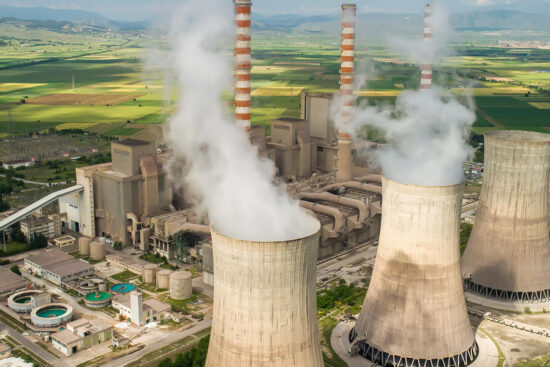
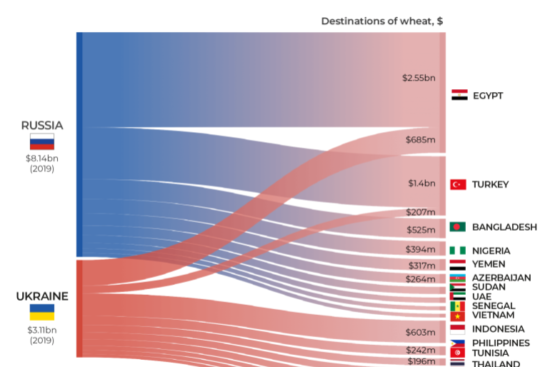

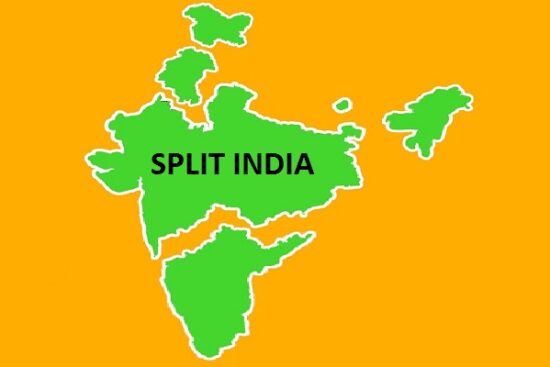
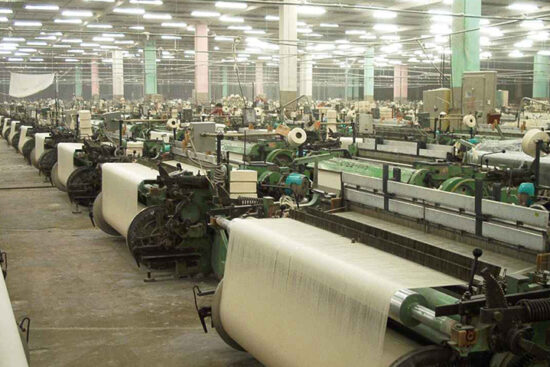









Leave a Reply